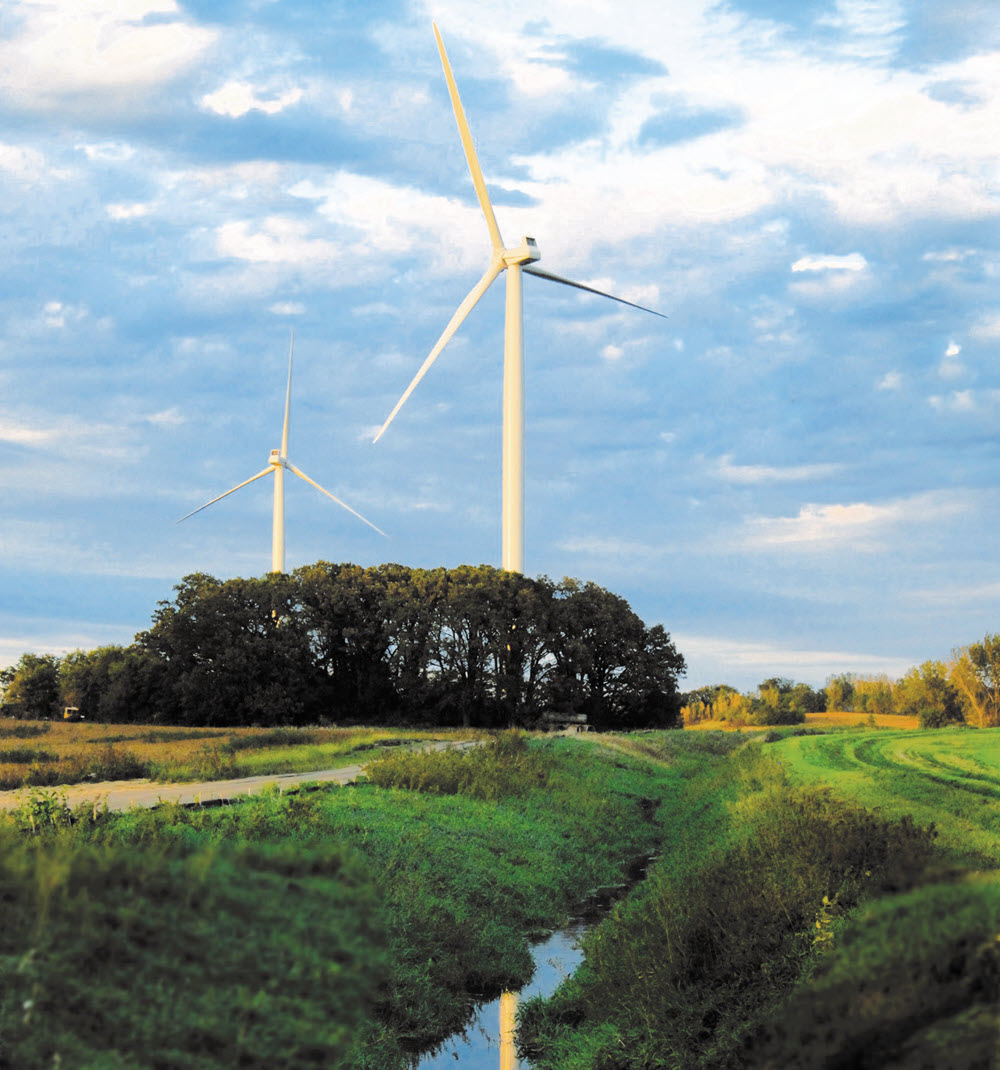Are you dealing with routine maintenance on your home, car and yard? Annual upkeep is important, but some parts of your home may need to be completely replaced over time, like your roof, insulation and windows. You can continue with minor repairs or take the opportunity to get upgrades that will last longer and help you live more comfortably and efficiently.
Similarly, power plants, wind turbines and other equipment we operate undergo routine maintenance to ensure they operate safely and reliably. Over time, the equipment eventually reaches its end of life, and decisions need to be made whether to repower or decommission the project.
What is repowering?
Repowering is the process of upgrading an outdated energy generation facility to make it more efficient and typically help extend its life.
Basically, the materials used to build a power plant, wind or solar project have an expected lifespan. During the lifespan, things start to breakdown, much like they do on your car or home. When we repower a facility, we replace aging parts to ensure it can safely and reliably continue producing electricity for future decades.
Based on local ordinances, utilities can either replace parts or upgrade equipment to newer technology. Once upgraded, utilities can often generate
double or
triple the amount of energy on the same footprint.
Because renewable energy projects rely on turbines or panels to produce energy, it’s important to keep them as efficient as possible. During the repowering process, wind projects can receive upgrades such as quieter equipment or satellite-based lights that only turn on when an aircraft approaches instead of staying on 24/7. Down the road, depending on technology upgrades, we anticipate solar project upgrades will likely include more efficient panels and quieter inverters.
What factors into repowering decisions?
There are many factors to take into account when considering whether to repower a facility. Here are a few:
- Can the local substation handle additional power? All generated energy flows onto the grid via a local substation. Prior to construction, utilities conduct studies to determine how much electricity can flow through a substation and if it can handle additional power.
- What other sources of energy does the utility have? It’s important that utilities have a diverse energy mix to ensure they don’t rely too much on any single fuel source. Stable renewable energy sources protect utilities and customers from larger price fluctuations.
- What are the costs? There are costs associated with any facility whether the choice is to repower, decommission or do nothing at all. Evaluating all the options, including availability of local and federal tax incentives, helps determine the course of action.
When we build a project, it’s hard to truly know how the landscape will change or technology will advance over the coming decades. It’s why we consistently reevaluate our options and look for ways to make things better. To learn more about the renewable energy projects we currently operate, check out our Clean Energy Blueprint.


